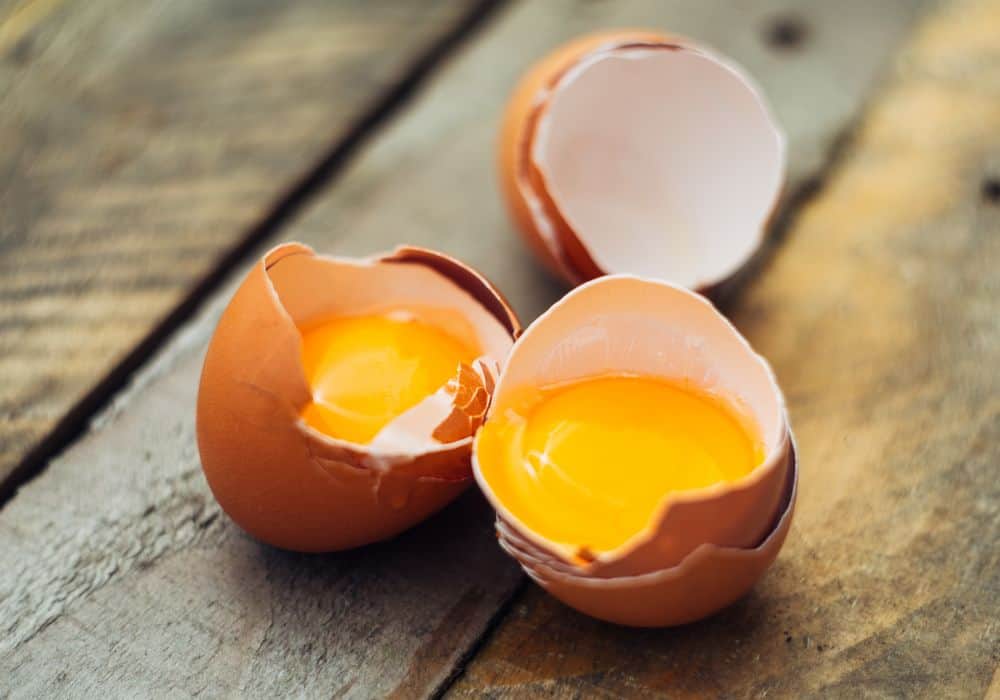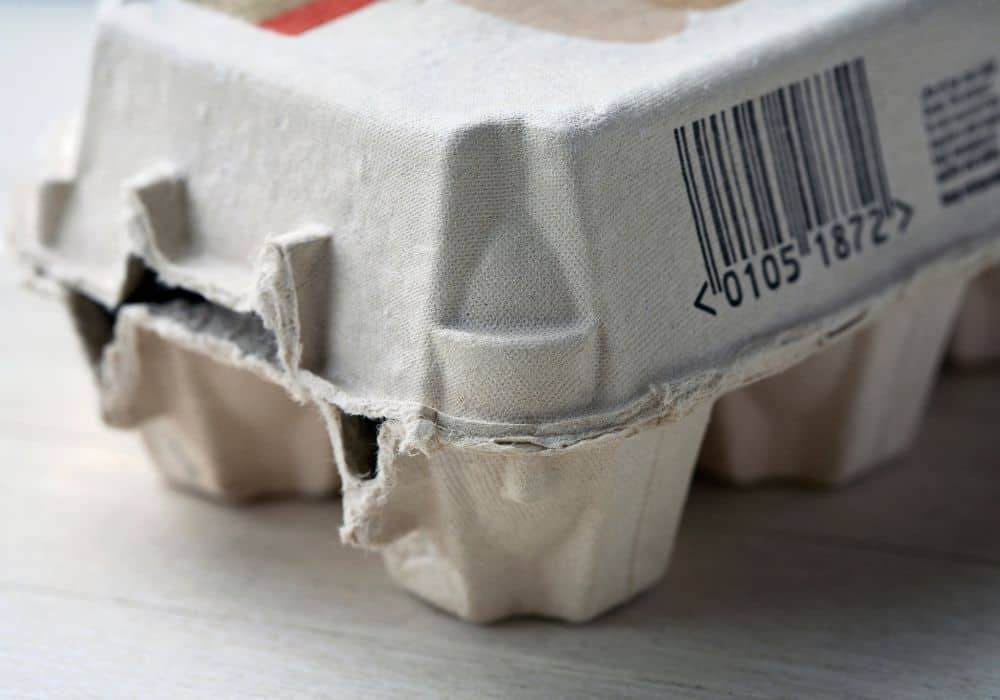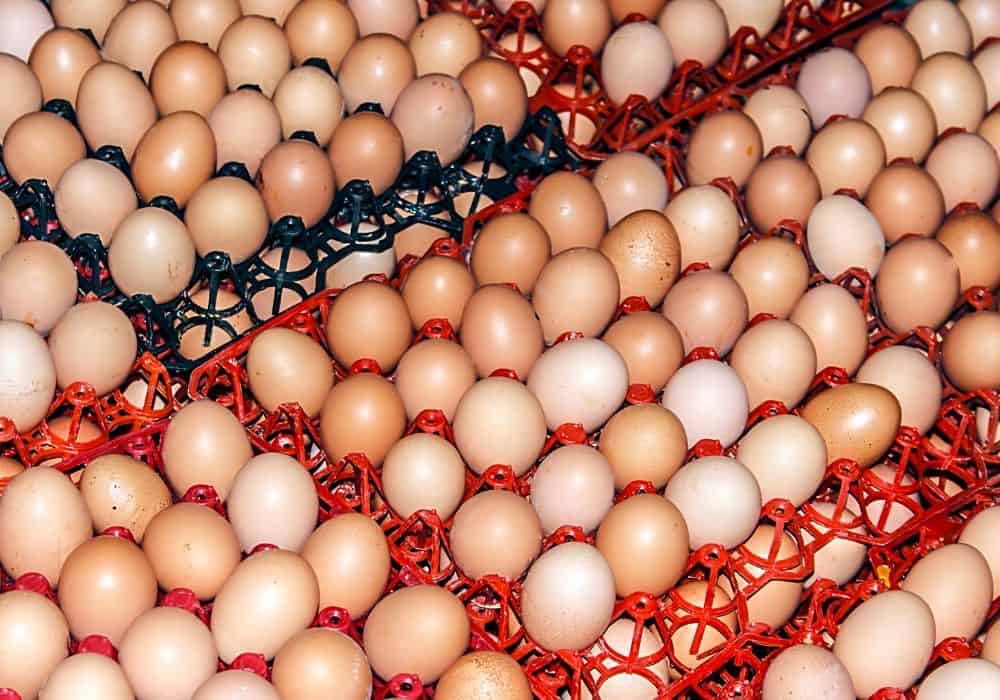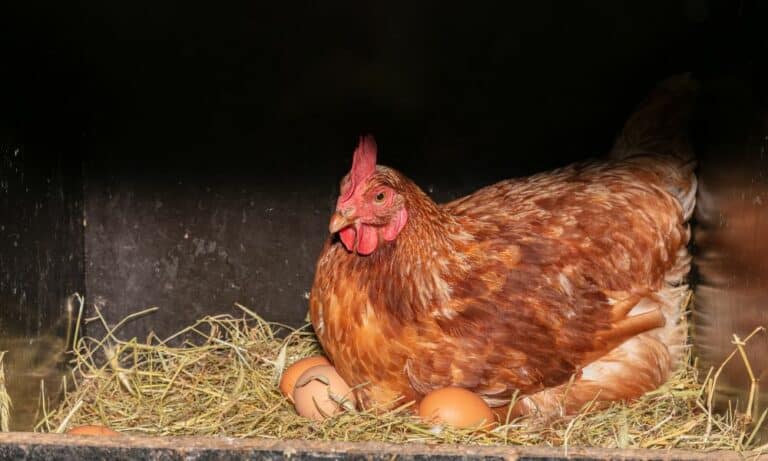We’ve all had moments where we have left food in the refrigerator for a little longer than we should have. Maybe it was a carton of milk or some leftovers from a restaurant. In many cases, it’s a matter of leaving a carton of eggs from the store just a little too late.
What often happens is that you’ll peek inside the carton, and the eggs look okay. Unfortunately, the expiration date on those eggs is nowhere to be found. Or, maybe, the expiry date is just on the line. What do you do then?
What is the Egg Float Test?
The Egg Float Test is one of the easiest ways to see if the eggs in your fridge are worthy of keeping, or if you need to toss them. The way it works is as easy as 1, 2, 3.
- Grab a glass of water. Fill the glass with water until it’s three-quarters full. If you can’t find a glass, you can also use a large clear bowl of water. Ideally, the water will be either cold water or room temperature.
- Drop the egg into the water. Don’t break the egg, just let it be whole. Gently place it in.
- Look at whether the egg floats or sinks. This will give you a good idea of whether the egg is fresh, stale, or rotten.
How can you tell if you have fresh eggs with the Egg Float Test?
This all deals with whether your eggs float or sink. Here’s what you need to know:
- Fresh eggs will sit at the bottom of the glass. If your egg sinks, then you have fresh eggs. They are safe to eat and will taste great.
- Eggs that float to the middle or slightly off the bottom of the glass are slightly older eggs. This means that they are often stale. You can eat them, but they may not taste very good and there is a slight risk of food poisoning.
- Eggs that float are bad eggs. Rotten eggs float in water. If you see an egg bobbing up and down in your glass, don’t try to crack it open. That’s one sniff test you won’t want to experience.
Is the Egg Float Test reliable?
Believe it or not, it is very accurate! If you are worried about being able to eat the egg, this is a smart way to find out without taking a risk.
Why does the Egg Float Test work?
So, there’s a little bit of science behind this. Eggshells are far more porous than we give them credit for. Once the egg comes out of the chicken, it will start to lose moisture in the egg whites.
The older eggs get, the more their contents shrink. This leaves a gap of air. Air floats in water. The older the egg gets, the more the air will push the egg upwards in water, making it float. It basically measures the air bubble.
What doesn’t the Egg Float Test tell you?
The Egg Float Test will not tell you if an egg has been exposed to bacteria, if it has parasites like salmonella, if it’s contaminated with foreign objects, or if it has mold inside of it. It just tells you roughly how old the egg is.
What other alternatives to the Egg Float Test are out there?
If you don’t want to whip out a glass of water, don’t panic. There are other ways to tell if your eggs are fresh enough to eat. Let’s take a look at some of the more common options…
1. The Sniff Test

This is a good choice if your egg has cracks in it. To do this, open up the egg and visually inspect it for discolorations. Then, take a quick sniff of it. A fresh egg will not have much of a smell.
If you smell sulfur or something off, toss that egg. Rotten eggs smell sulfuric and occasionally moldy. Many people liken it to a fart smell.
2. The Visual Inspection
Open the egg on a flat surface. Take a look at the egg after you open it. Fresh raw eggs will have a bubbled, domed yolk. They also will have egg whites that don’t run too much. If your egg looks unusually flattened, it may not be good to eat anymore.
Healthy, fresh eggs will have a bright yellow yolk. A contaminated egg will have a green, pink, or black yolk. If you are not sure whether you should eat it by looking at it, we encourage you to use a sniff test or just throw it away.
PRO TIP – If you see red spots in the yolk or albumen, that’s actually a blood spot. This occurs when the hen accidentally bleeds while laying the egg. This is not a sign of contamination, it’s just a popped blood vessel.
3. The Egg Carton Inspection
If you bought a carton of eggs at a store, then you have a more scientific way to tell whether they are good to eat. Most of the time, you can expect to safely eat your eggs as long as you eat them by the sell-by date posted on the egg carton.
Not sure if your eggs are still good, even though the sell-by date has gone by? We can’t blame you for choosing to keep those eggs. Most eggs are still okay to eat past the official sell-by date. That’s why most egg cartons also have a pack date.
The pack date is a series of three digits that correspond to the day of the year that the eggs were packed. 001 is January 1st, and 365 is December 31st. Once you figure out the day it was packed, you can figure out how long the eggs are good for.
The typical shelf-life of eggs is between four to five weeks past the pack date. So, if it is within that timeframe, you should be good to go.
How to properly store eggs
Want to maximize the shelf-life of your eggs? Here’s the scoop.
- Store eggs in a cool, dry place. Most people agree that it’s best to store them in the fridge at a temperature close to 40 degrees Fahrenheit. If you live in a chilly area or will eat them fairly quickly, you can also store them in a cool part of your kitchen.
- Raw eggs that have been opened can stay in the fridge for two days. Raw whites can stay for up to four days, while raw egg yolks can stay up to two days in an airtight container.
- Hard-boiled eggs can last for a week in the fridge if they have their shell intact. A peeled egg is best eaten the same day. So, if you choose to keep them in the fridge, keep that shell intact.
- It’s generally best to keep your eggs in the carton. Egg cartons are specifically designed to help lock moisture inside and prevent foul odors from harming the taste of your eggs. So, if you can, keep them in a carton.
- If you have more eggs than you can eat in a month, you can break them open, place them in a sealed container, and freeze them. They will be able to hold safely for as much as a year. (Talk about cutting down food waste, right?)
- Don’t try to cook or eat eggs that were found cracked in the carton. If you bought a dozen eggs from the store only to find that one was already broken, toss that one egg out. You don’t know how long it’s been broken!
How can you tell if you have food poisoning from bad eggs?
In an ideal world, you will never have to experience the pain that comes with eating bad eggs. Food poisoning is no joke. It kills thousands of people every year. Knowing the warning signs can help you get assistance before it’s too late.
If you notice symptoms like nausea, diarrhea, fever, chills, or stomach pain, you probably have food poisoning. In mild cases, this can subside after as little as four hours. More severe cases require hospitalization, as this can cause you to lose lots of water.
PRO TIP – People with weakened immune systems are more likely to experience food poisoning. Make sure that you don’t take chances with stale or potentially old eggs if you suffer from a fragile immune system.
Conclusion
Getting a carton of eggs is always great, but not if you forget about them for too long. The Egg Float Test is a reliable way to ensure that the eggs you eat are fresh. As long as your egg doesn’t float, you can enjoy eating it with little worry about food poisoning.









